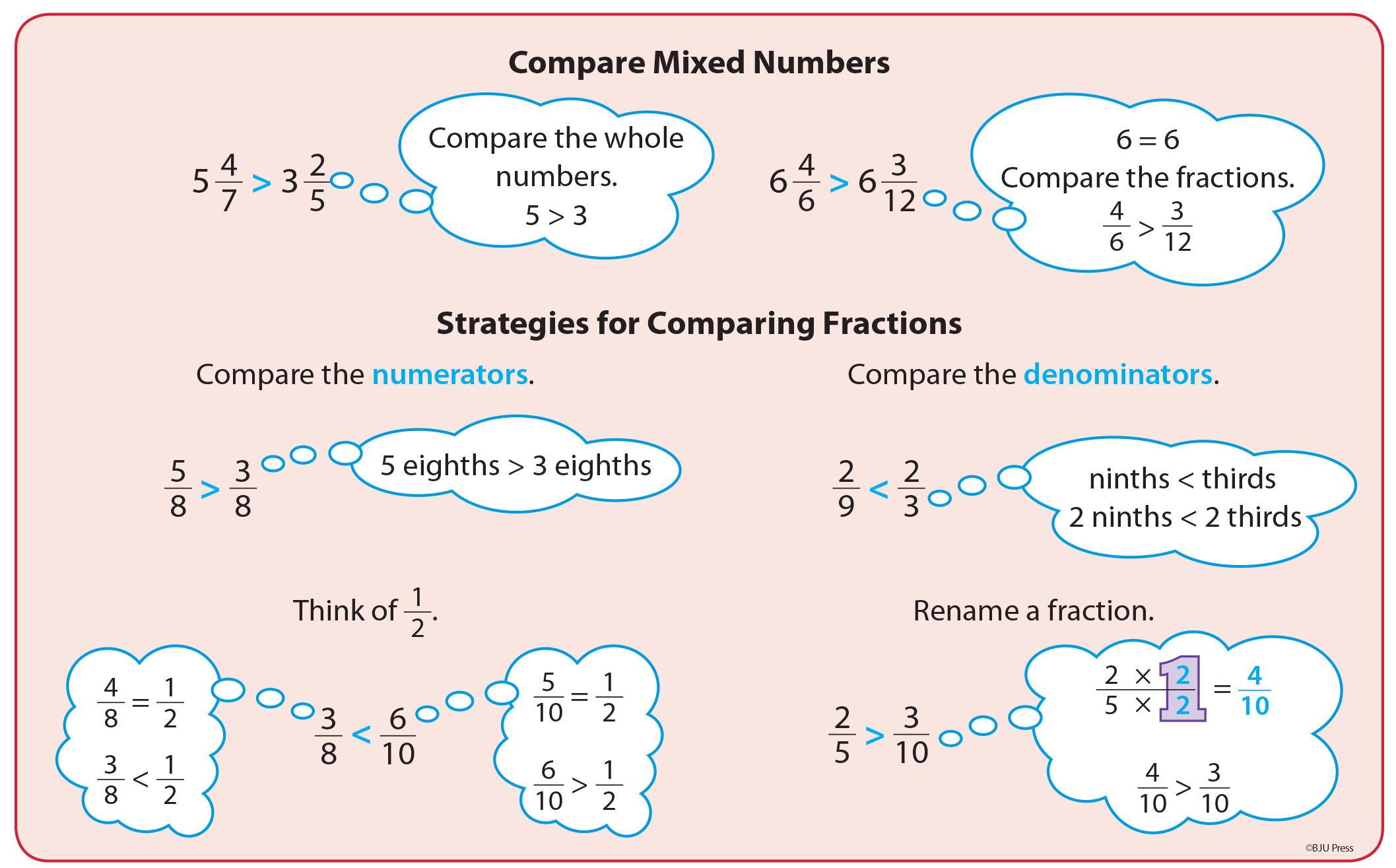Typically we don’t think about math as something to look at. It’s a field of study, not a physical object, but being able to see math is a skill that can be invaluable to children. Let me explain.
I regularly volunteer as a math tutor at a ministry that helps adults obtain a GED. Every student I work with learns at a different pace. Some of my students move through the material quickly, doing much of the math mentally. They see the patterns and are able to apply them to new material as they progress.
Other students are able to work though the math, but much more slowly. They stick to procedures, writing out each and every step of all the problems but never really understanding how the math works or how it could be used. It’s usually not a matter of difference in ability; it’s that the one group is able to visualize how math works while the other can’t. This difference probably has a lot to do with how the students were exposed to math when they were in the elementary grades.

Visualizing Not Just Repeating
Memorizing steps and formulas and then practicing them over and over might allow someone to pass a test, but it doesn’t promote retention. It also doesn’t train children to be good problem solvers. Teaching children to visualize how math works helps them build the problem-solving skills they will need as they move into advanced math.
Let’s look at an example page from one of our math worktexts:

A student could solve these comparisons by changing the denominators to come up with the right answer. That’s a correct way of solving these math problems. However, as the lesson shows, it’s also important to learn how to solve simple math problems mentally. By using strategies like thinking of ½ and seeing if each fraction is more or less or comparing the denominators, students are able to easily solve simple problems, check their answers, and learn new concepts more quickly.
Learning to See Math
When teaching math, parents should—in my opinion—approach each problem from various angles, even if the child gets the correct answer immediately. Use visuals such as money, cut-out shapes, and manipulatives to show how a problem looks both physically and on paper. Reinforce knowledge by asking questions whenever possible instead of just explaining how things work. As children learn to visualize math, they’ll begin to see math as a series of meaningful challenges to overcome as opposed to a boring list of problems to work though.
For more teaching tips like these, be sure to sign up for our homeschool email.
Leave a Reply